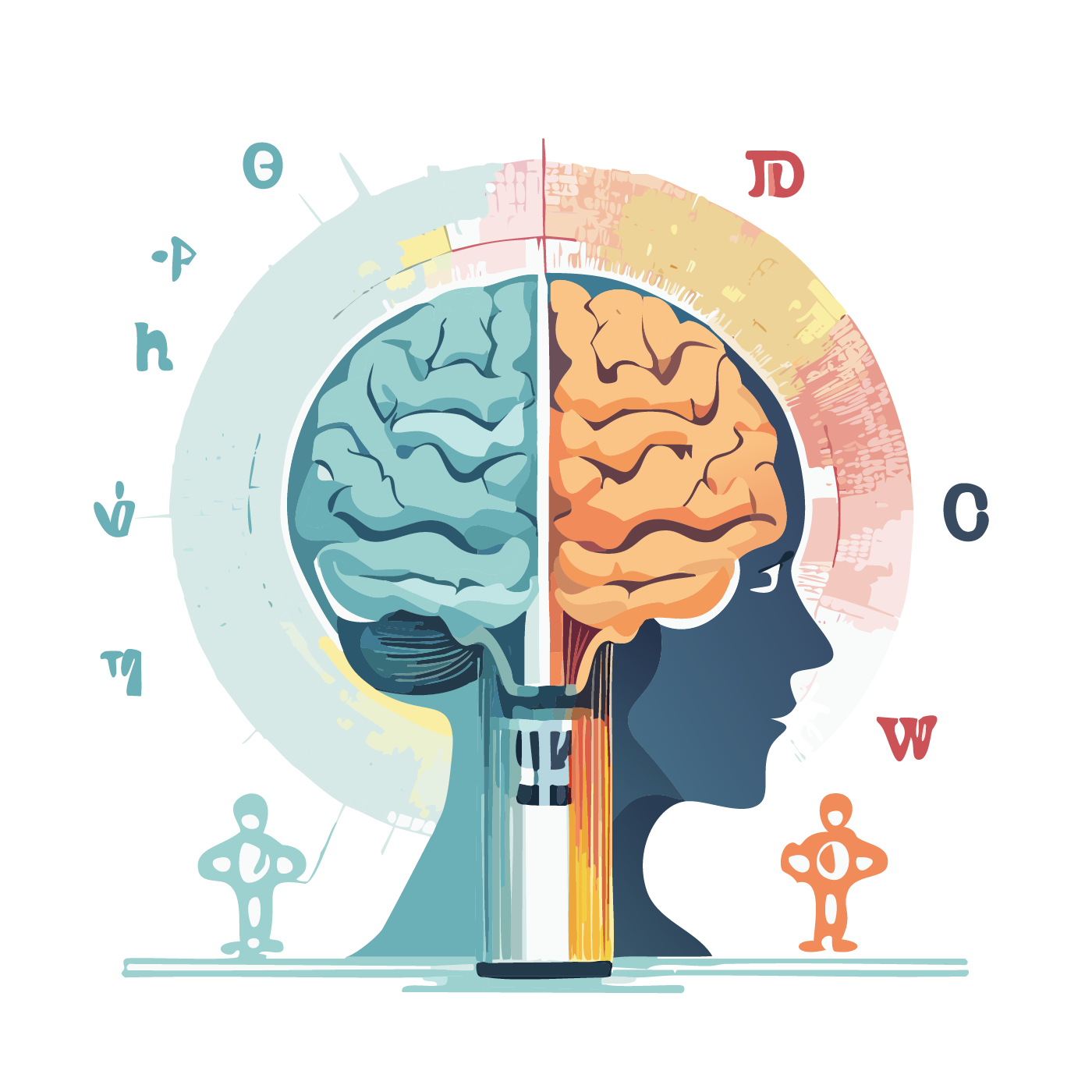Methods, Curriculum Types, and State Requirements
Homeschooling Your Children
Homeschooling is when parents or family members teach their children at home instead of sending them to a traditional school. Homeschooling can be structured or unstructured, and there are many different approaches. Some subjects must be included in the homeschool curriculum, and individual governmental units may have different official curriculum and attendance requirements. For example, in Texas, a legitimate homeschool must have a curriculum that teaches reading, spelling, grammar, mathematics, and good citizenship.

Getting Started with Homeschooling
Homeschooling is the process of educating your child at home rather than sending them to a traditional school. It can be a highly rewarding and effective way to educate your child, but it also requires careful planning and commitment.
Educational Methods
The choice of homeschooling method often depends on the child’s learning style, the family’s values and lifestyle, and the resources available. Many homeschooling families adapt and evolve their methods over time to meet their changing needs and goals.

Homeschooling in Texas
Homeschooling in Texas is legal and relatively straightforward. The Texas Supreme Court issued a decision guaranteeing the right of Texas parents to teach their children at home without fear of prosecution. (Leeper et al. v. Arlington ISD et al., June 15, 1994)
In Texas, homeschooling is considered a type of private school. Your homeschool is exempt from the compulsory attendance statute. Therefore, Texas does not regulate the number of days per year that private schools must be in session or the number of days a student must attend. There is no requirement for the number of hours you must homeschool each day.
Choosing Homeschool Curriculum
Choosing a homeschool curriculum is an important decision that can greatly impact your child’s education. The homeschooling process can look different for every family but typically involves purchasing or creating a homeschool curriculum and scheduling regular lessons. Many families also take advantage of online resources and community groups to find support and connect with other homeschooling families.
How Children Learn
Children learn through a combination of exploration, interaction, and guided experiences.
Teaching K-12 Students
K-12 students learn through a variety of methods and approaches that cater to their developmental stages, individual learning styles, and the educational environment.

How to Define your Homeschooling Goals
Defining your homeschooling goals is a crucial step in creating a focused and effective educational experience.
Successful Lesson Planning and Teaching
The foundation needed for effective learning must be established early on. Good planning sets the stage for optimal learning. Effective teachers have a clear picture of what they wish to accomplish and how they will go about doing it.
Elementary students are not as cognitively developed as high school students. Younger students need lesson objectives, activities, and assessments that cater to early stages of learning. These would focus on memorization, understanding, and application. As your students get older, at the middle school and high school level, educational activities can focus on analyzing, synthesizing, evaluating, and creating.
Why Use Bloom's Taxonomy in Homeschool
Bloom’s Taxonomy is a framework for classifying educational objectives and is often used to guide the development of curriculum and assessments in traditional educational settings. However, it can also be a valuable tool for homeschooling.
The WIPPEA Model for Younger Students
The WIPPEA Model is a lesson planning model adapted from Dr. Madeline Hunter’s work (Master Teaching, 1982). It serves as an instructional roadmap for instructing in a drill-and-practice format. It is awesome for content or processes that benefit from lots of repetition.

Additional Printable Homeschooling Resources
There are various printable homeschooling resources available online across different subjects and grade levels. Keep in mind that availability may vary, and it’s essential to ensure that the resources align with your specific curriculum or educational goals.














